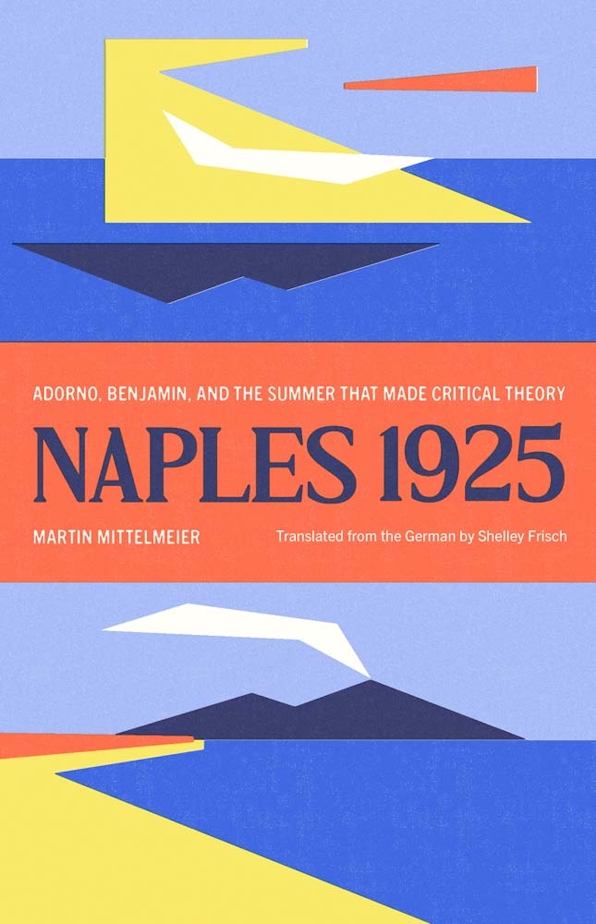Martin Mittelmeier’s book Adorno in Neaple has been translated in English and will launch on November 12th: Naples 1925: Adorno, Benjamin, and the Summer That Made Critical Theory available from Yale University Press. Click here to access the book from the publisher’s website.
And here’s the publisher’s blurb:
In the 1920s, the Gulf of Naples was a magnet for European intellectuals in search of places as yet untouched by modernity. Among the revolutionaries, artists, and thinkers drawn to Naples were numerous scholars at a formative stage in their journeys: Walter Benjamin, Siegfried Kracauer, Alfred Sohn Rethel, Asja Lacis, Theodor W. Adorno, and many others. While all were indelibly shaped by the volcanic Neapolitan landscape, it was Benjamin who first probed the relationship between the porous landscape and the local culture. But Adorno went further, transforming his surroundings into a radical new philosophy—one that became a turning point in the modern history of the discipline.
In this ingenious book, Martin Mittelmeier reveals the Gulf of Naples as the true birthplace of the Frankfurt School. From the majestic crater rim of Mount Vesuvius to the soft volcanic rock that Neapolitans used to build their city, Mittelmeier follows Adorno’s and his fellow thinkers’ footsteps through the cities along the gulf, demonstrating how their observations and encounters surface again and again in their writings for decades to come, and serve as the structuring principle of Critical Theory.
The book received a fantastic pre-publication review just over a month ahead of publication from Kirkus Reviews, which had this to say: “Vigorous, provocative, and persuasive, Mittelmeier’s book offers original insights that will undoubtedly prove invaluable to scholars of Critical Theory. . . . An exceptionally refreshing take on the origins of the Frankfurt School.” Stanley Corngold calls the book “A rare treat. In sprightly, dancing prose, Mittelmeier constructs a convincing allegory of porosity as the cardinal feature of the volcanic rock of Naples and the structural principle of essays by the initiators of modern Critical Theory.”

